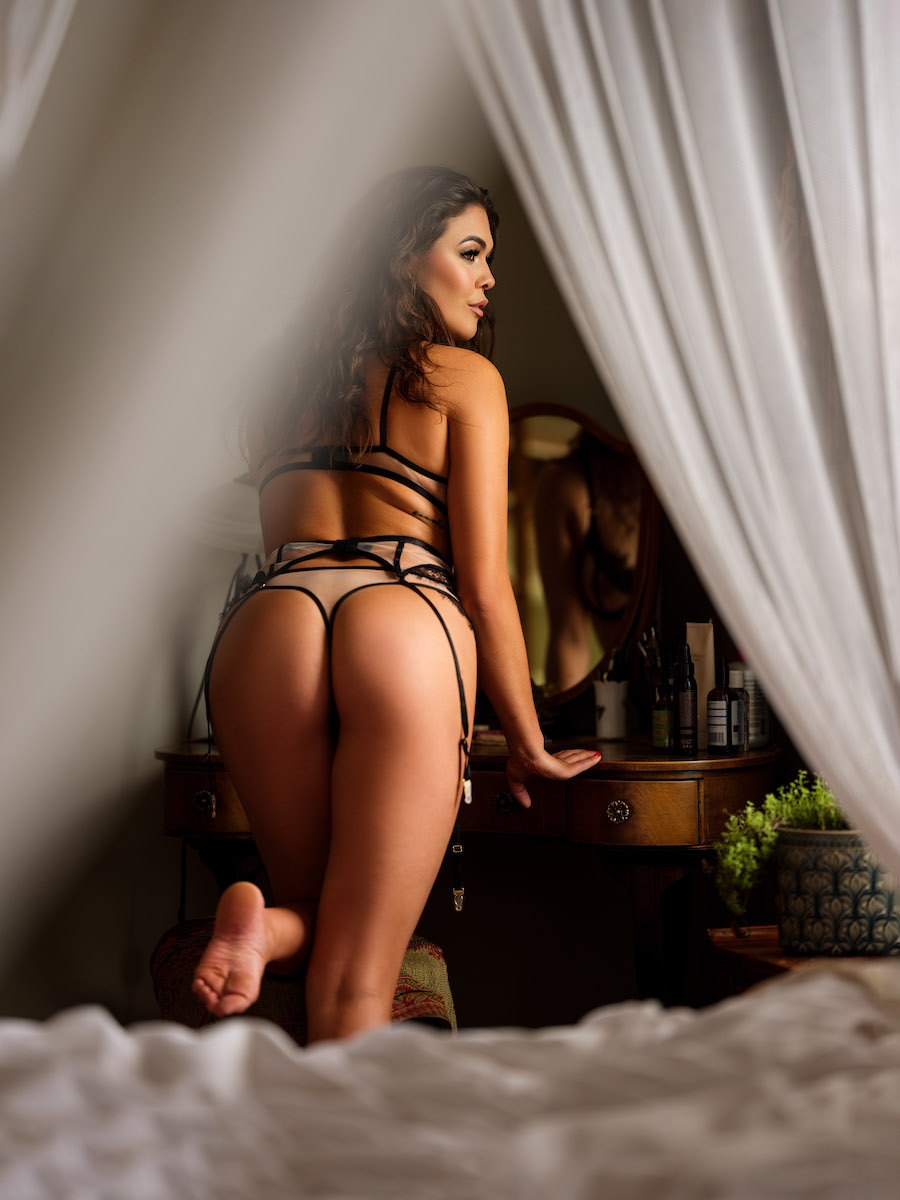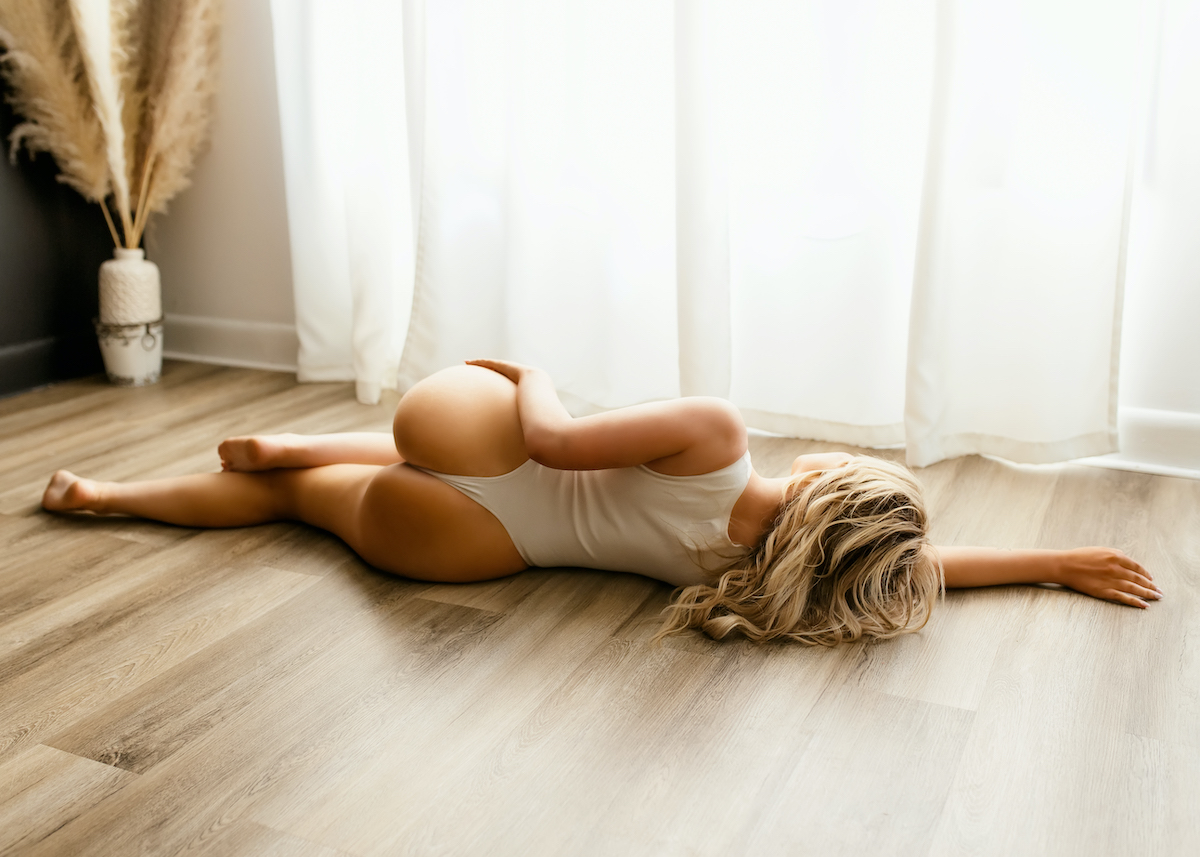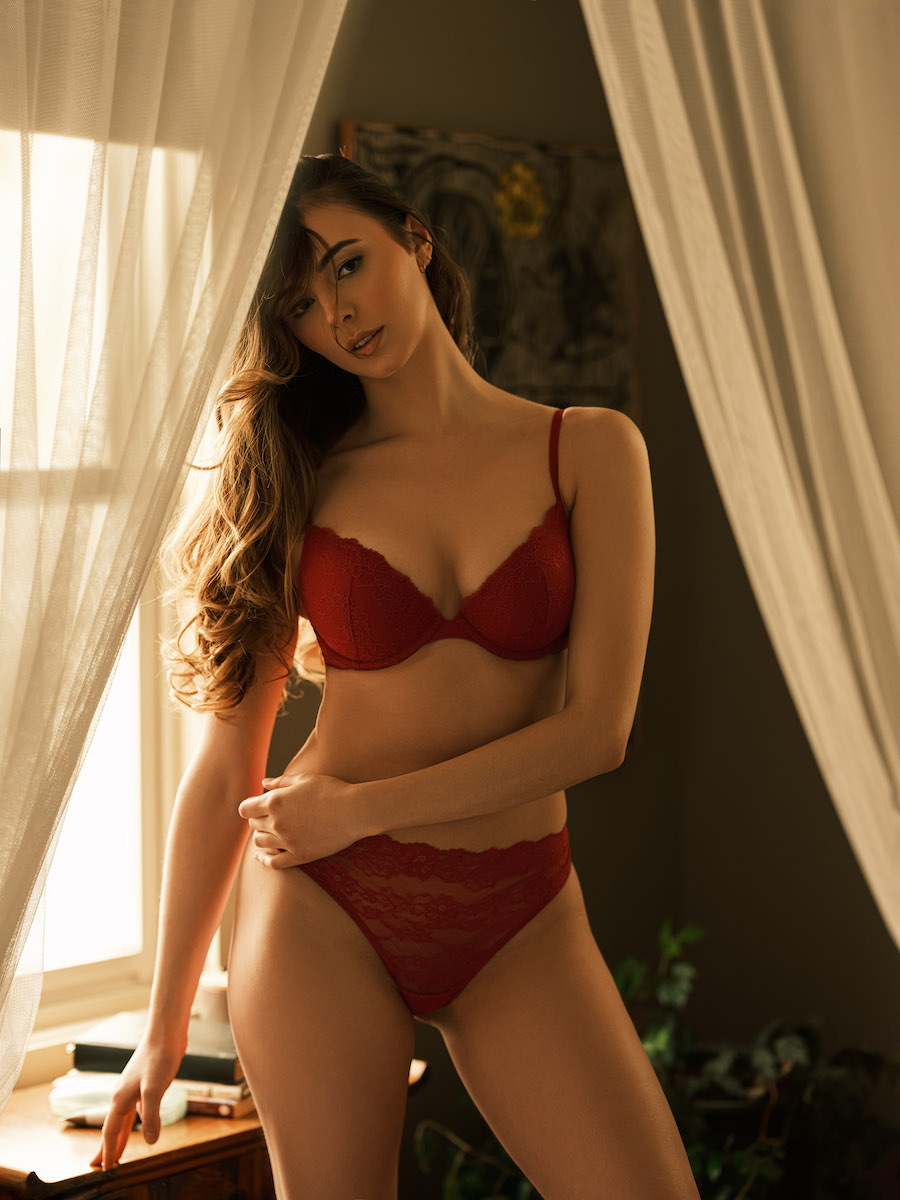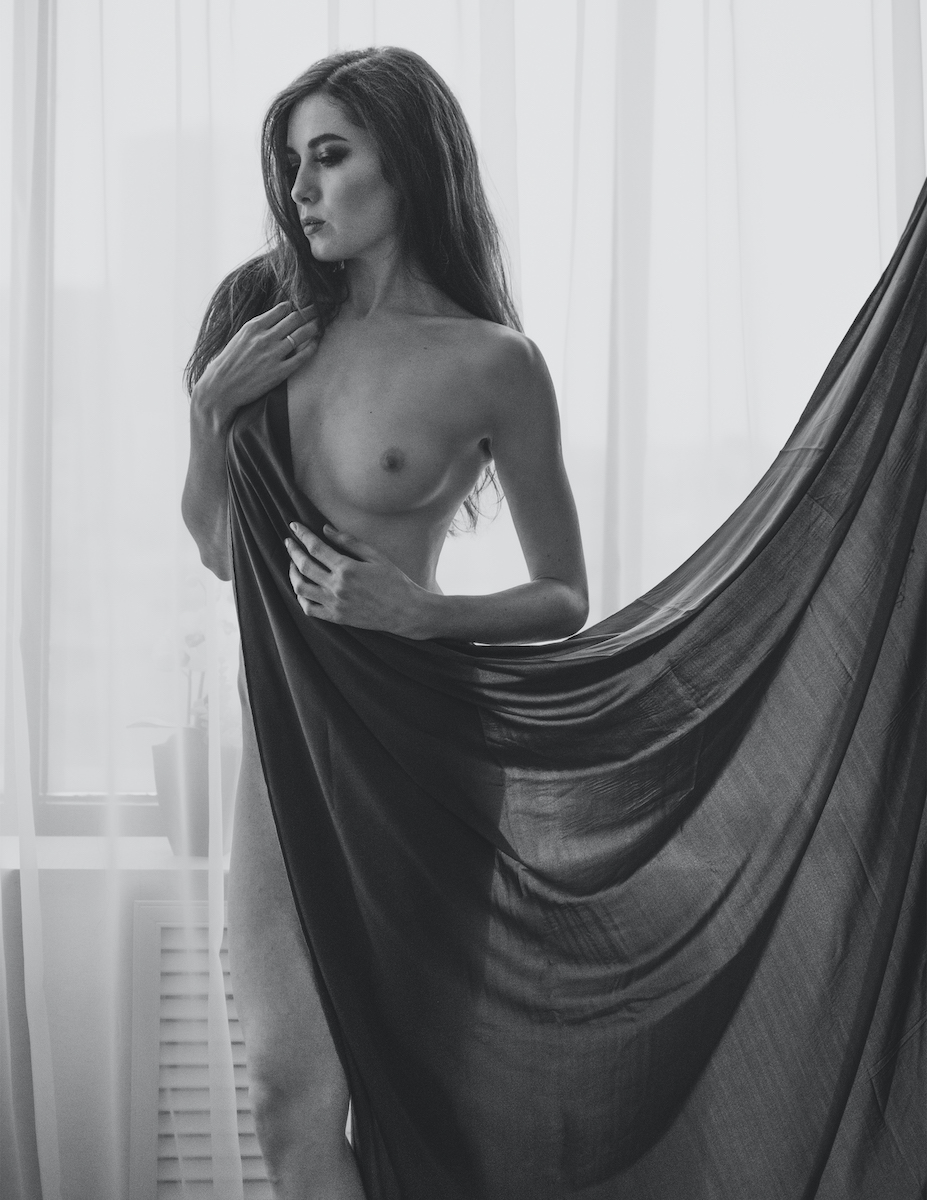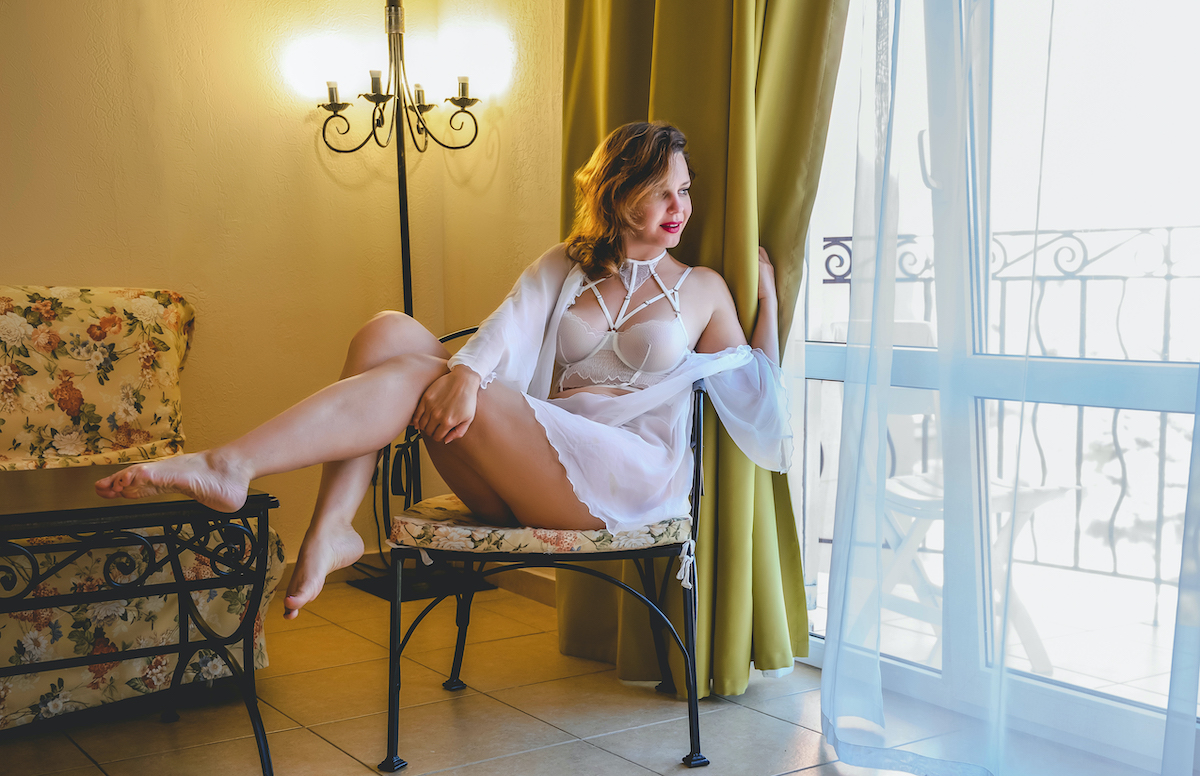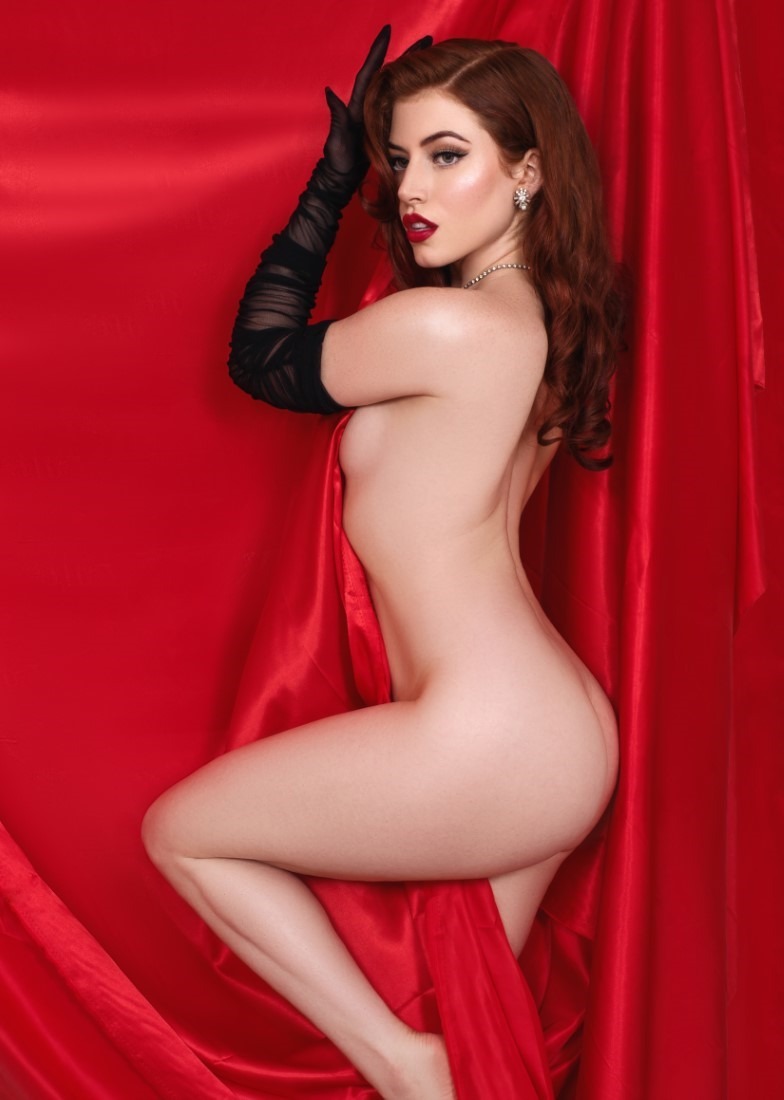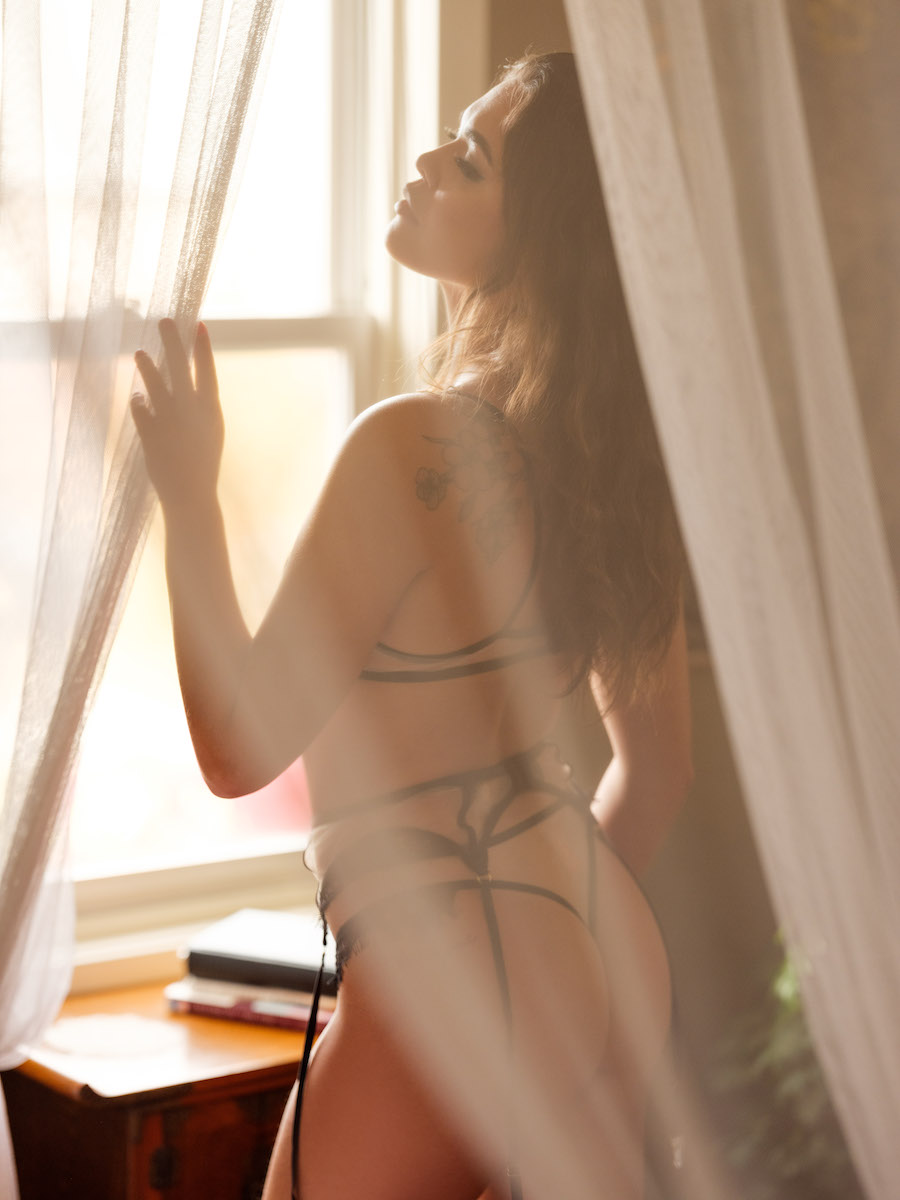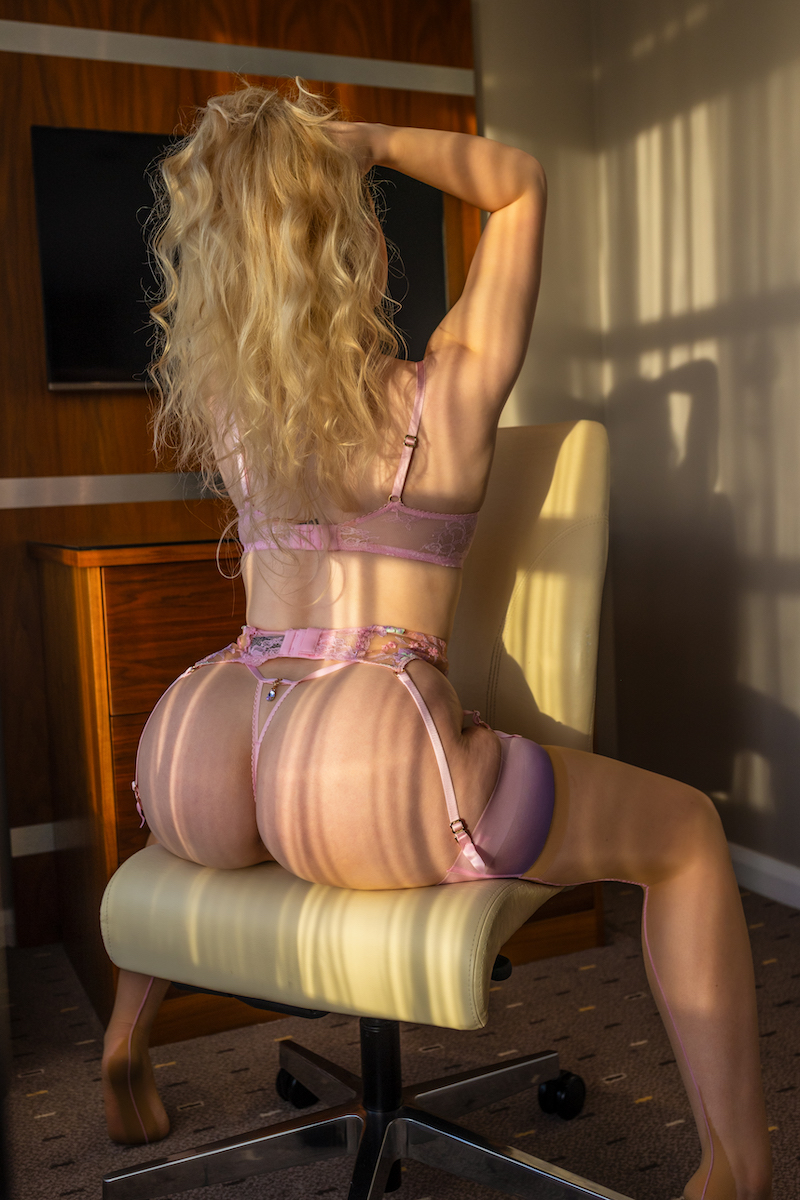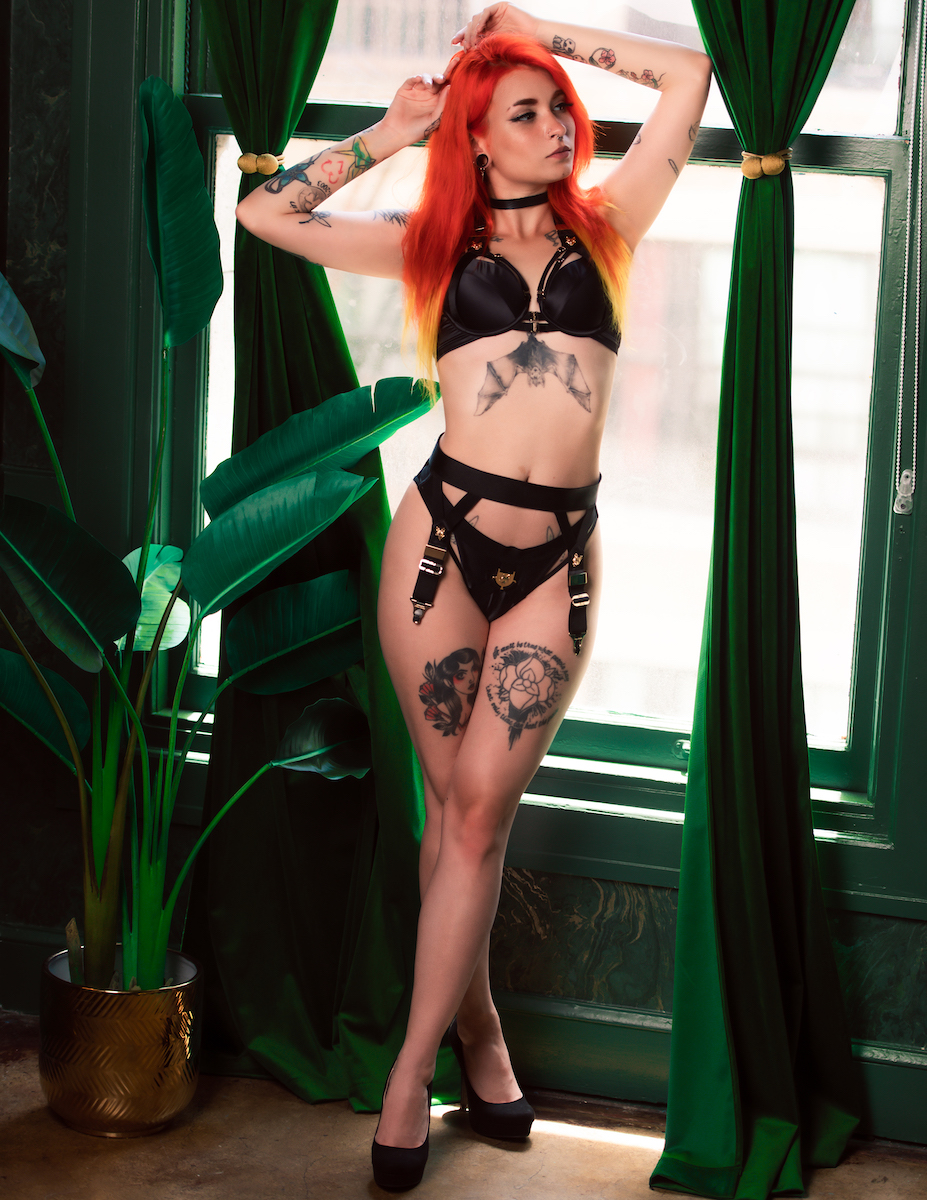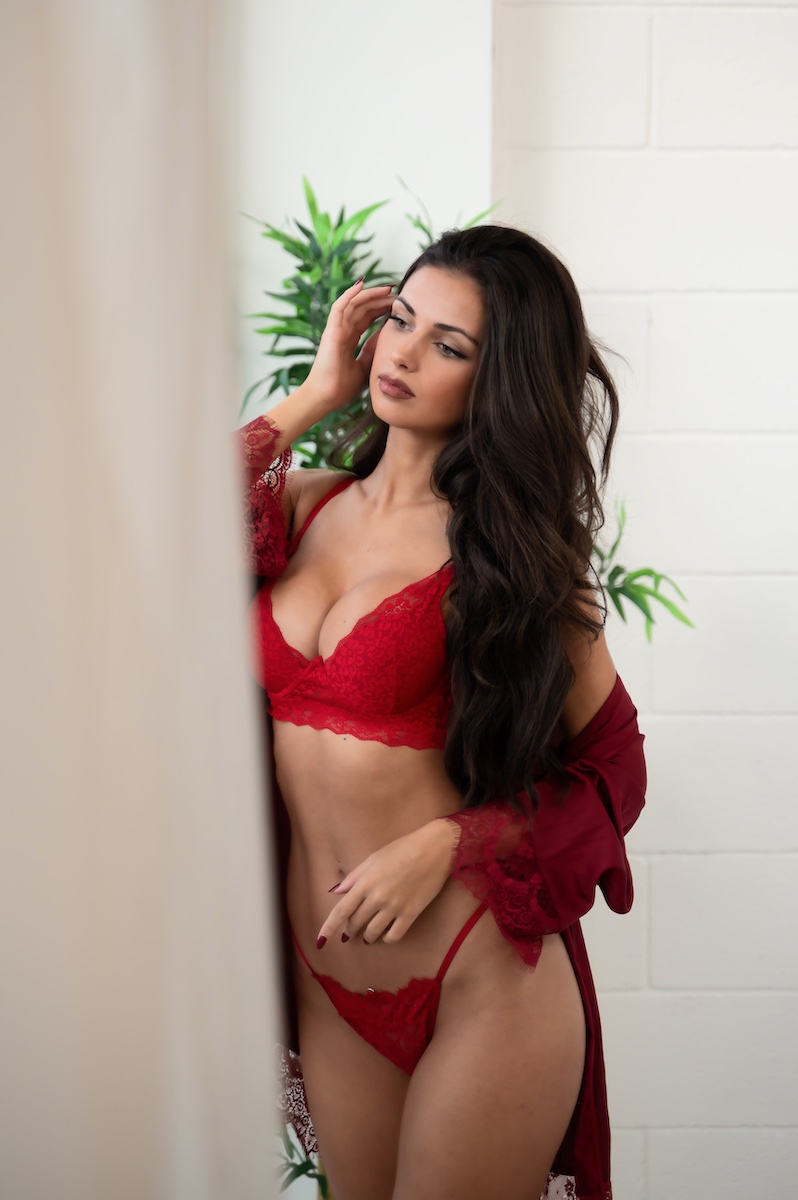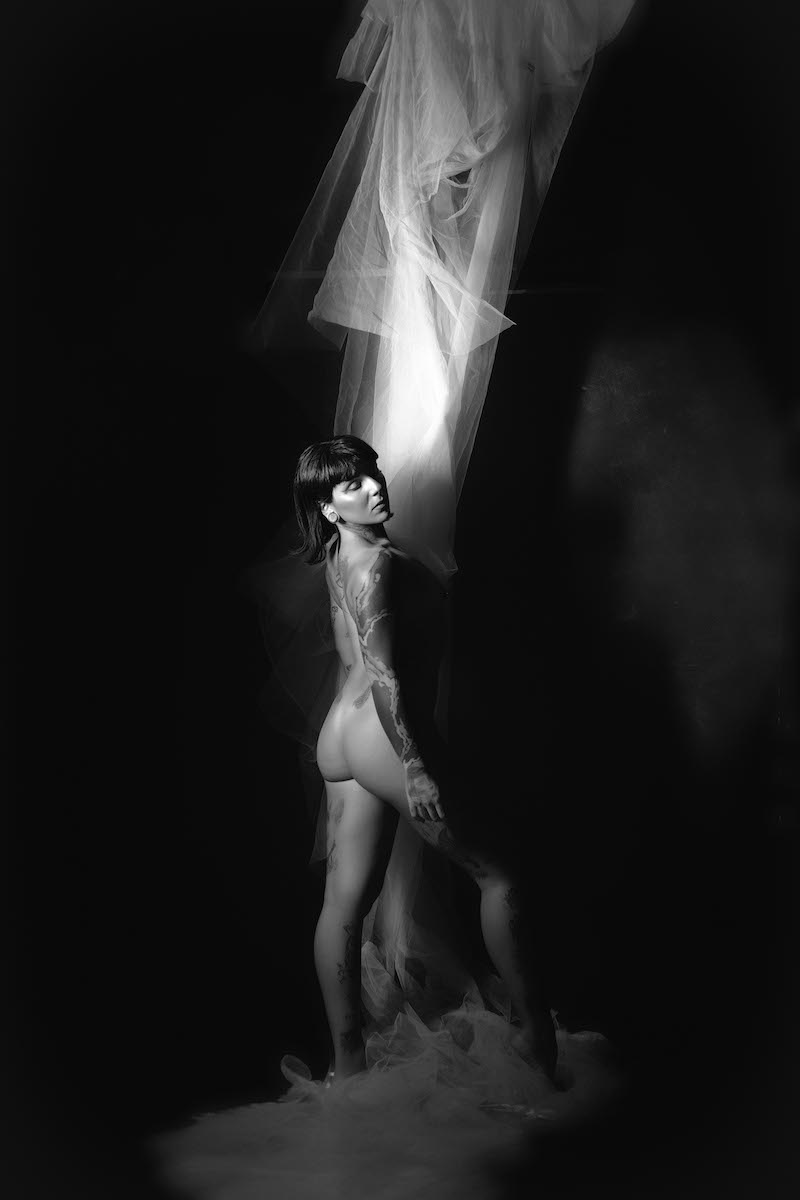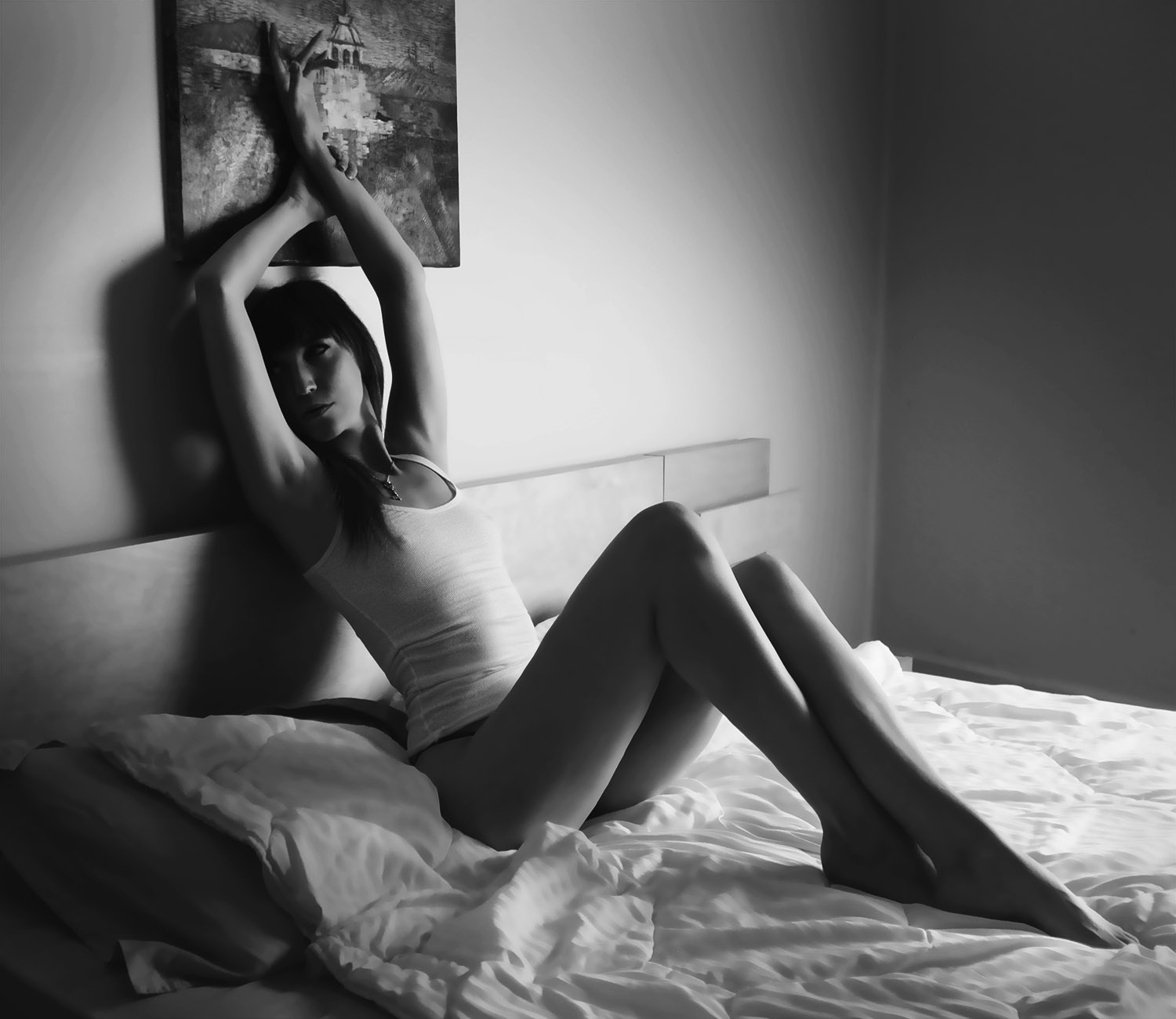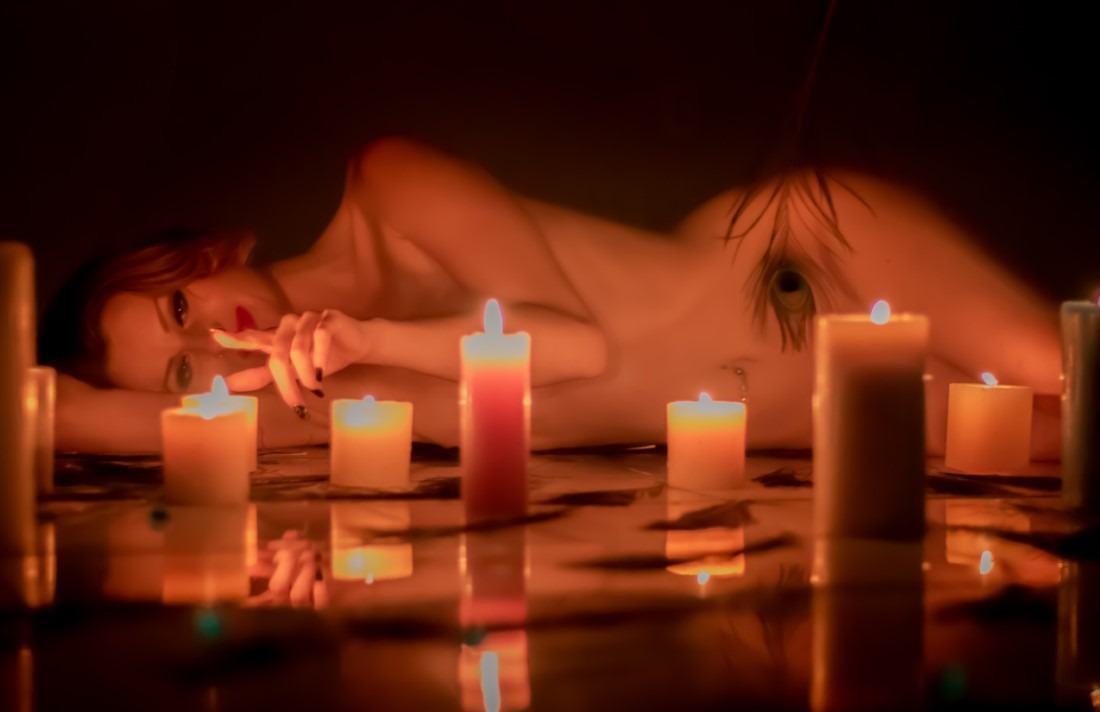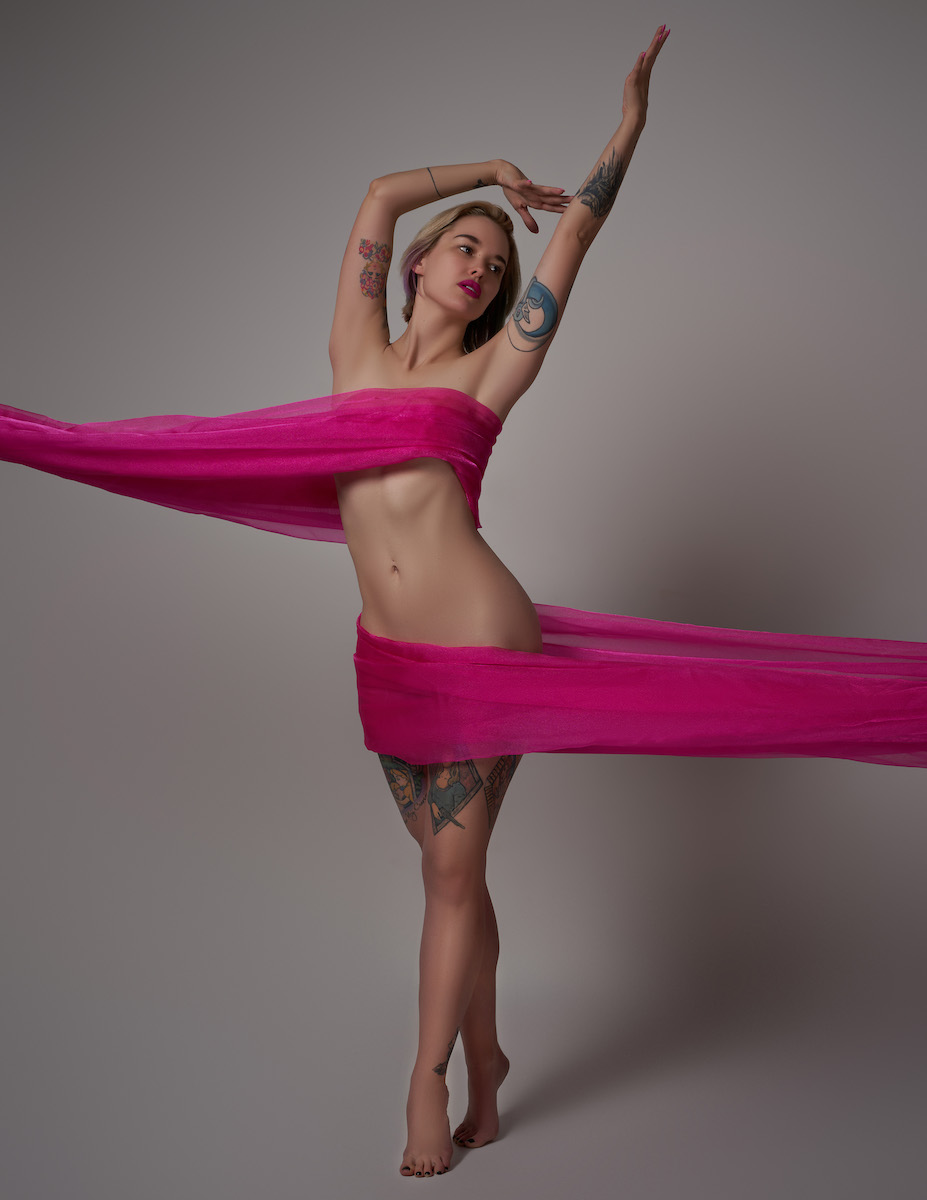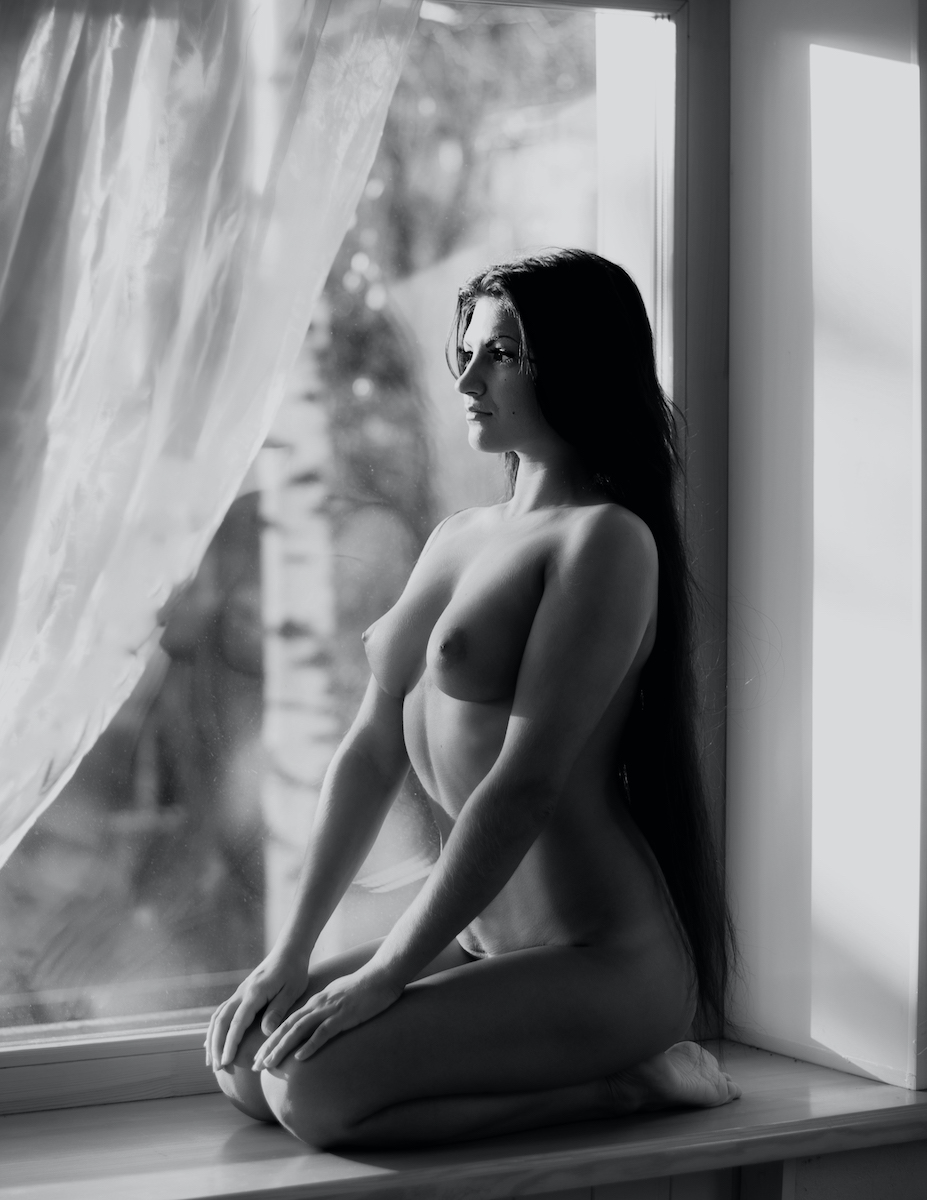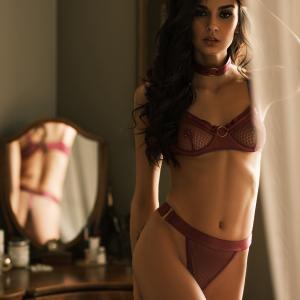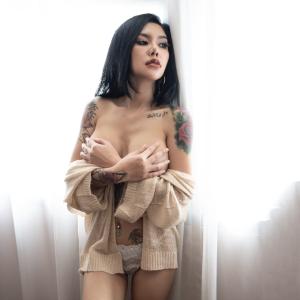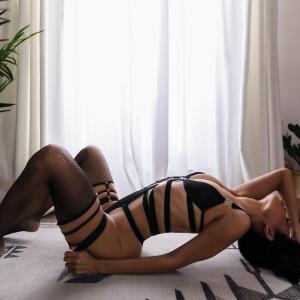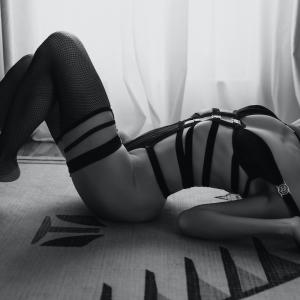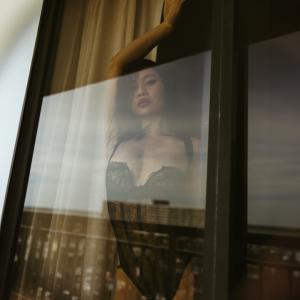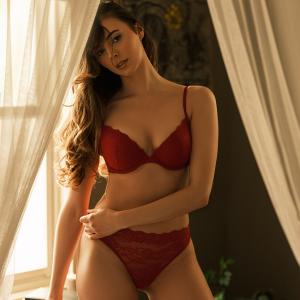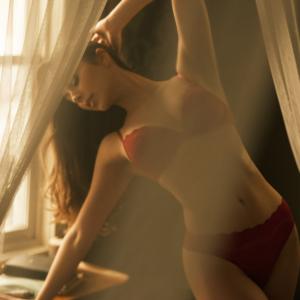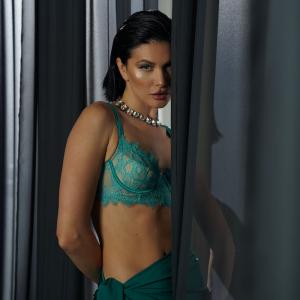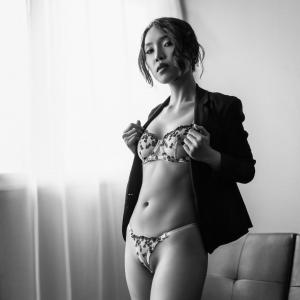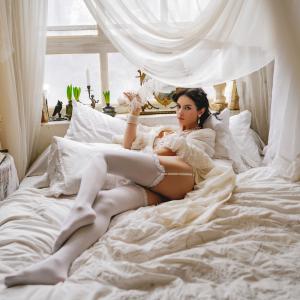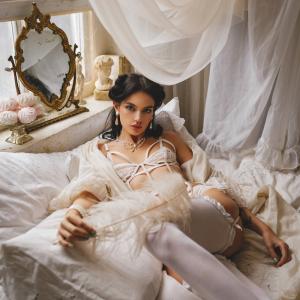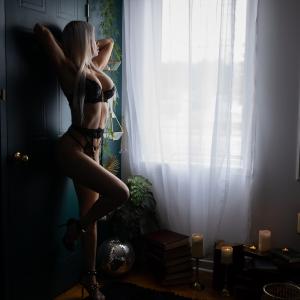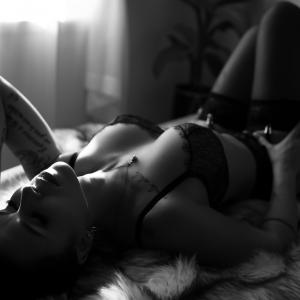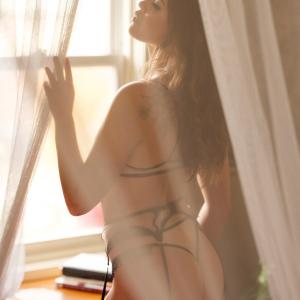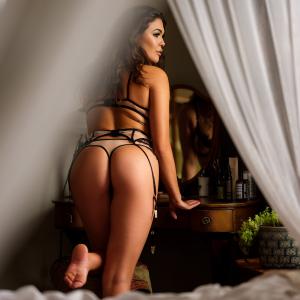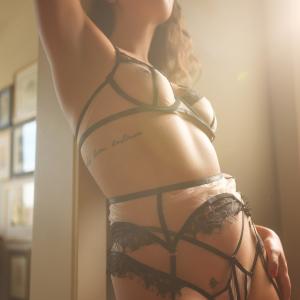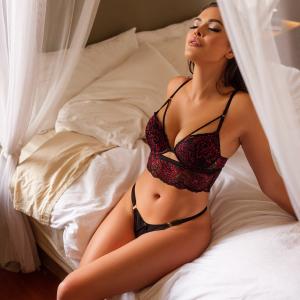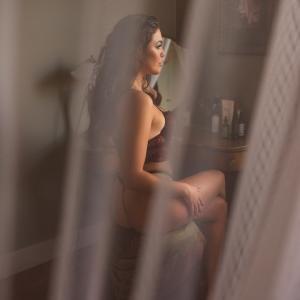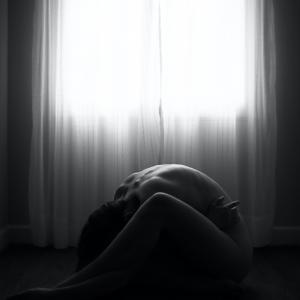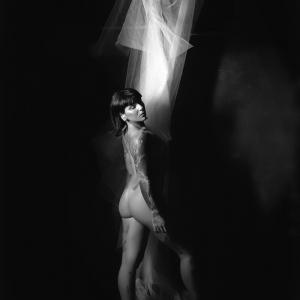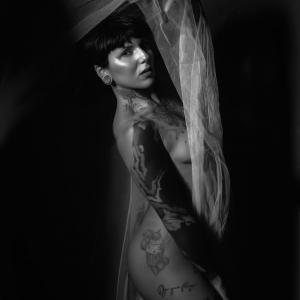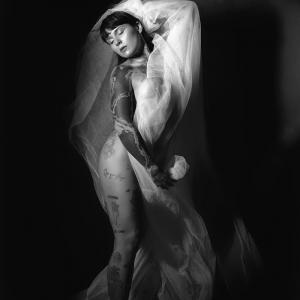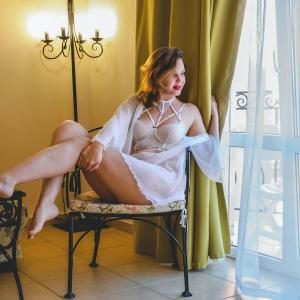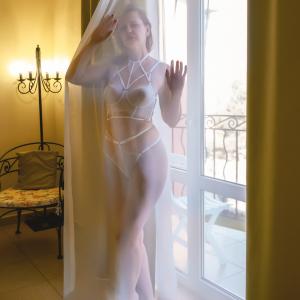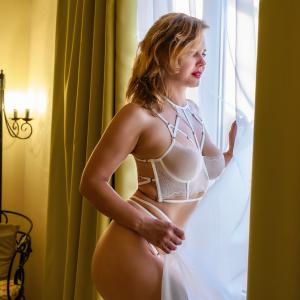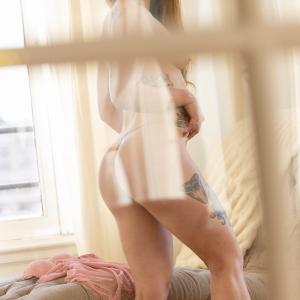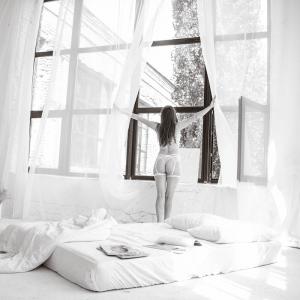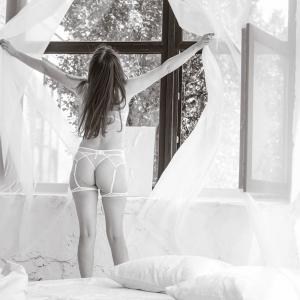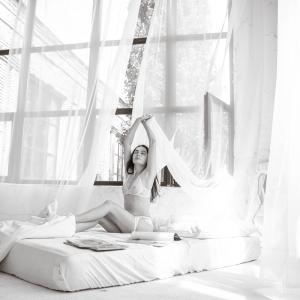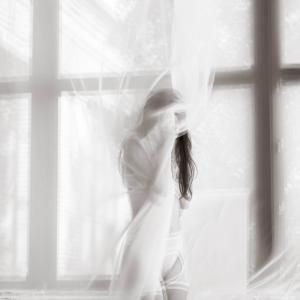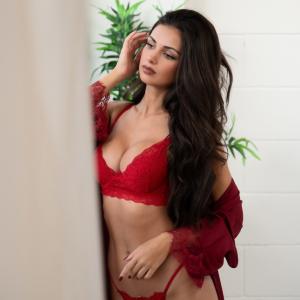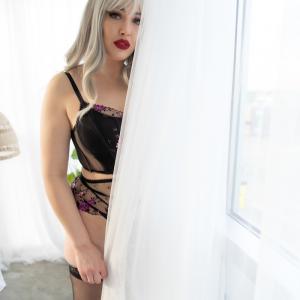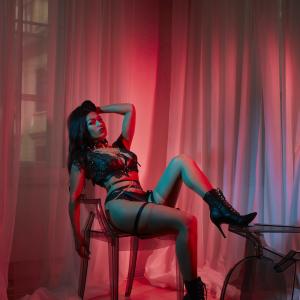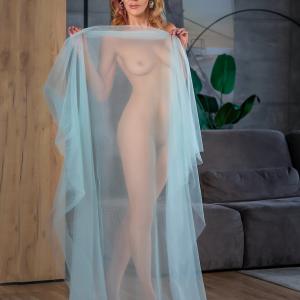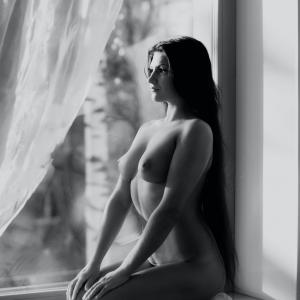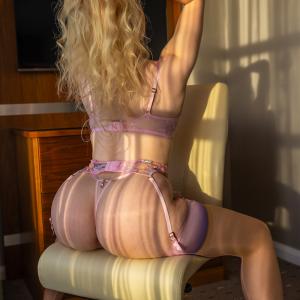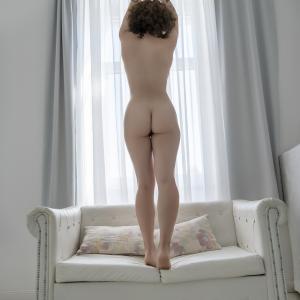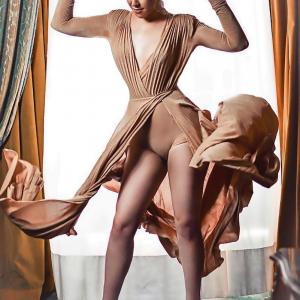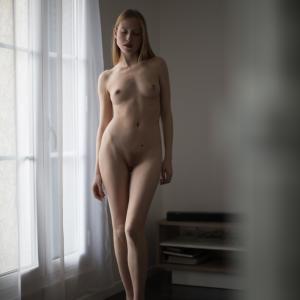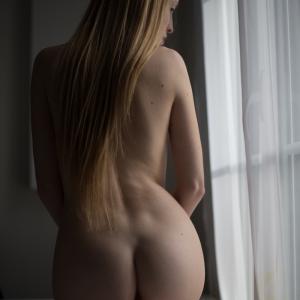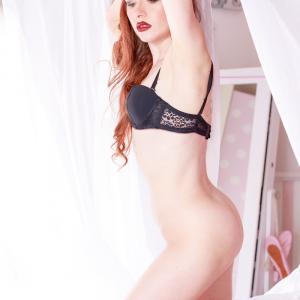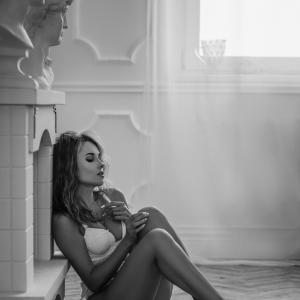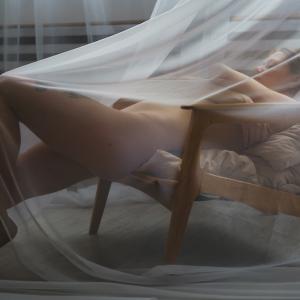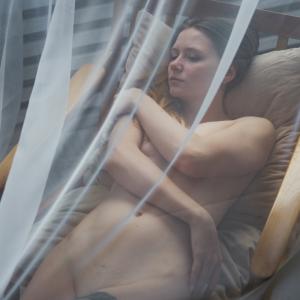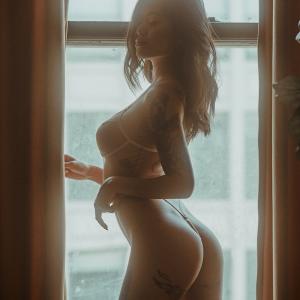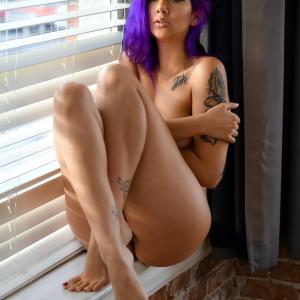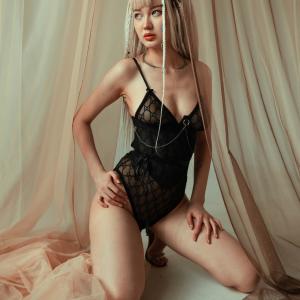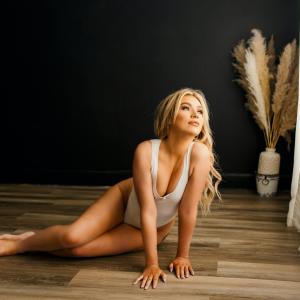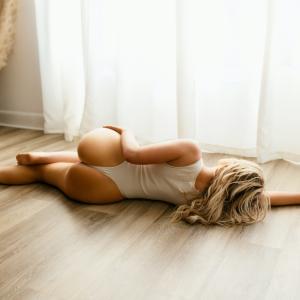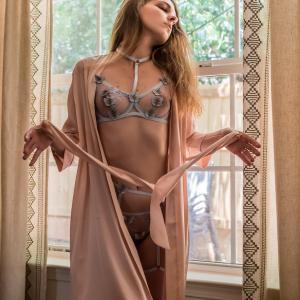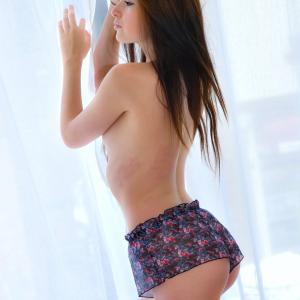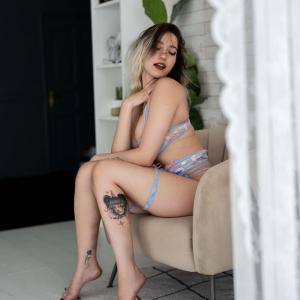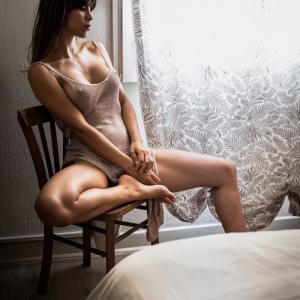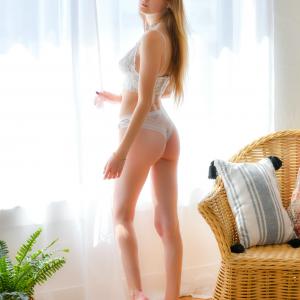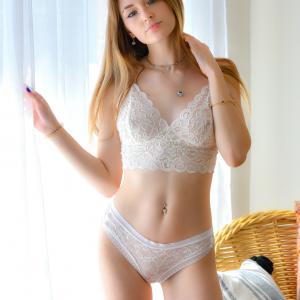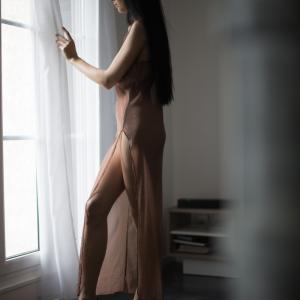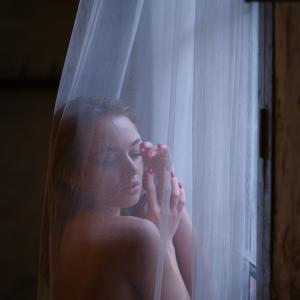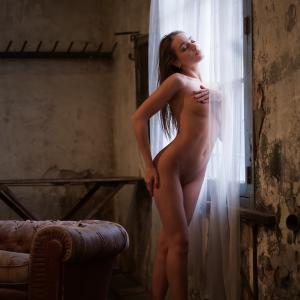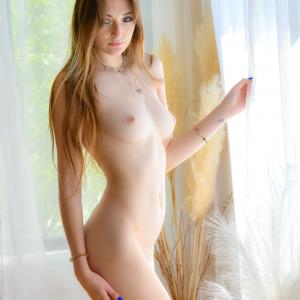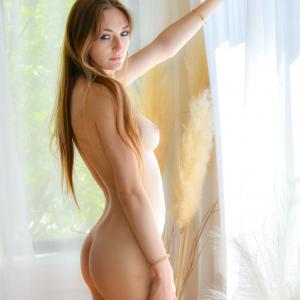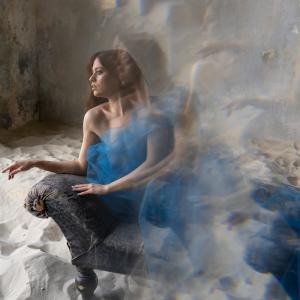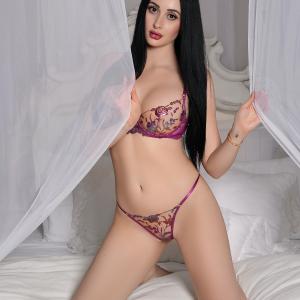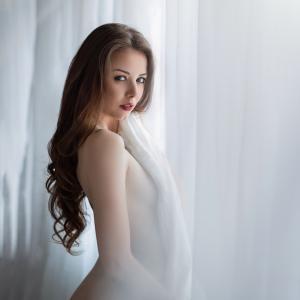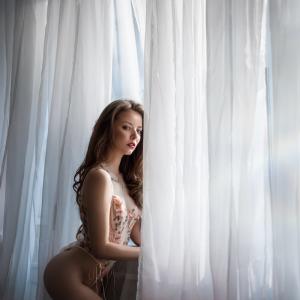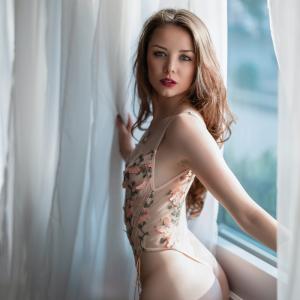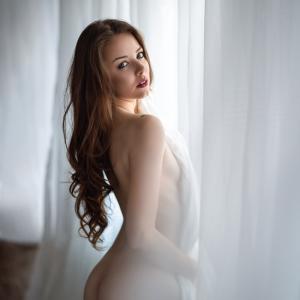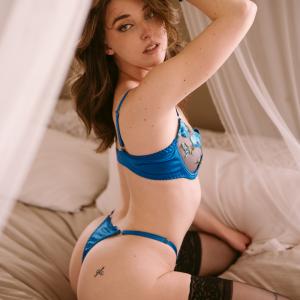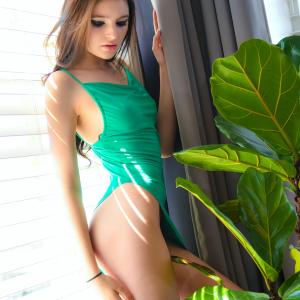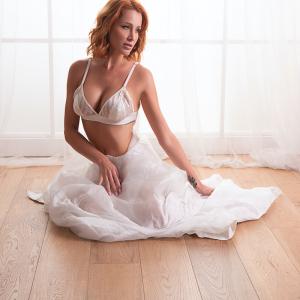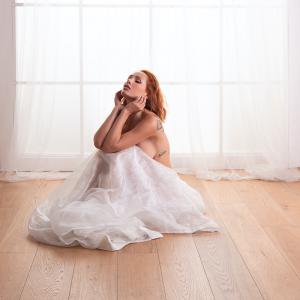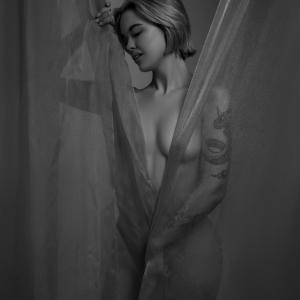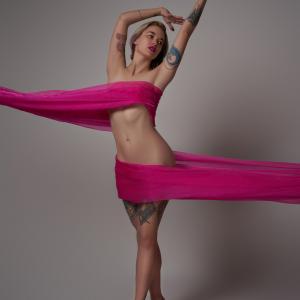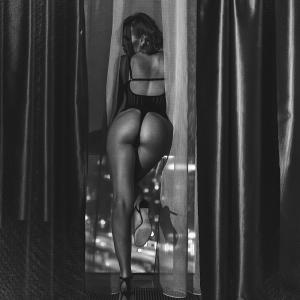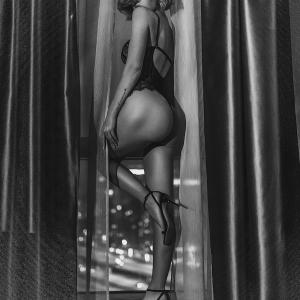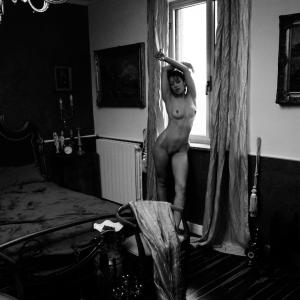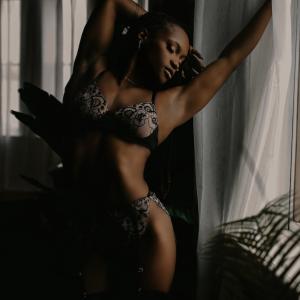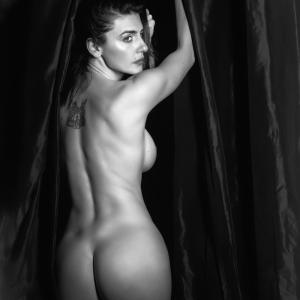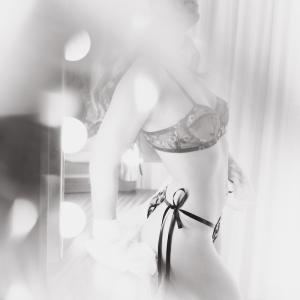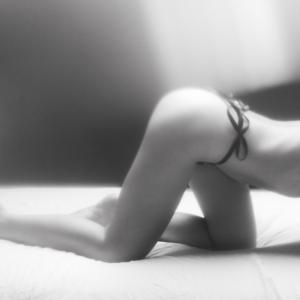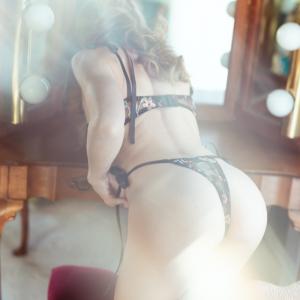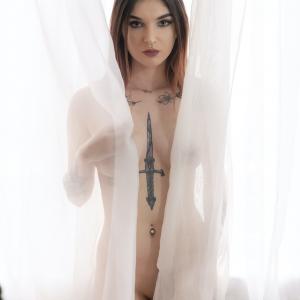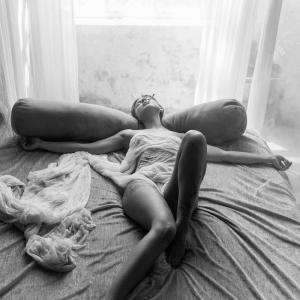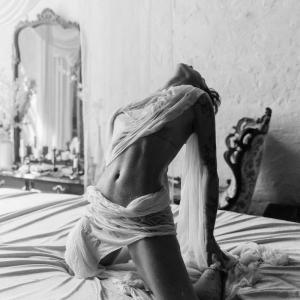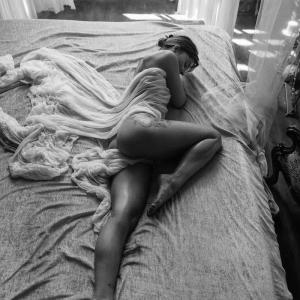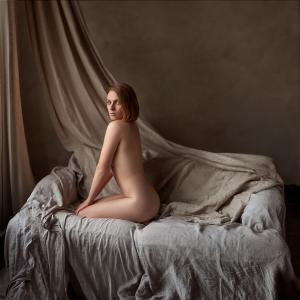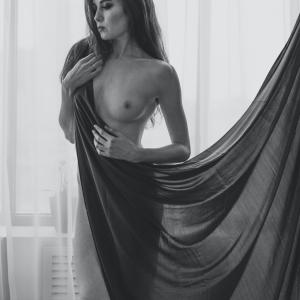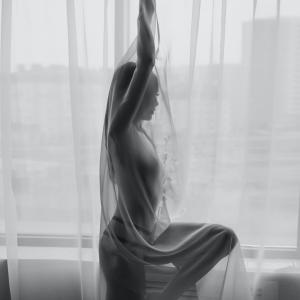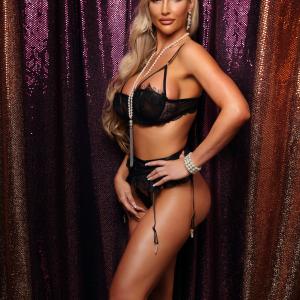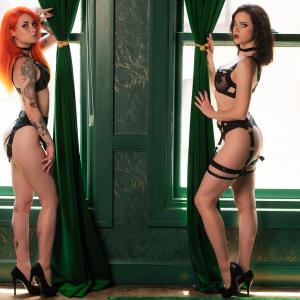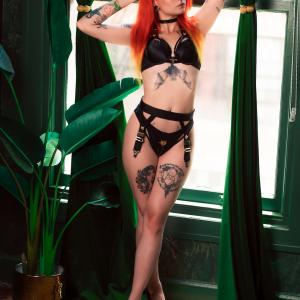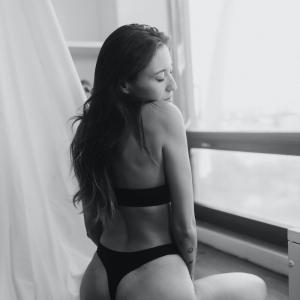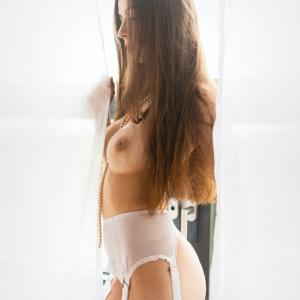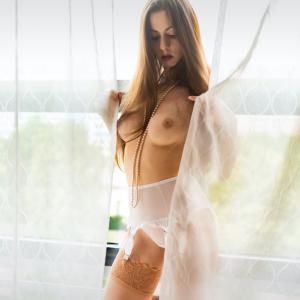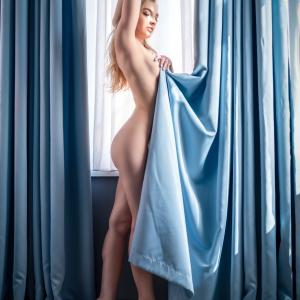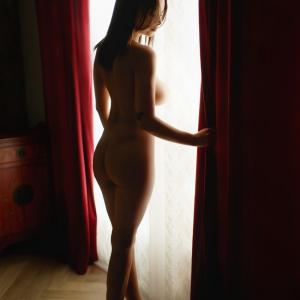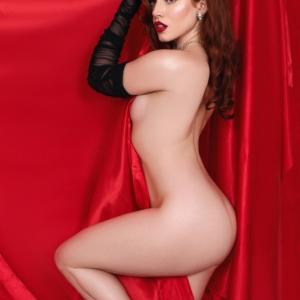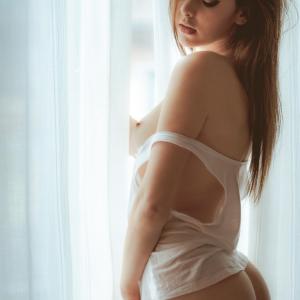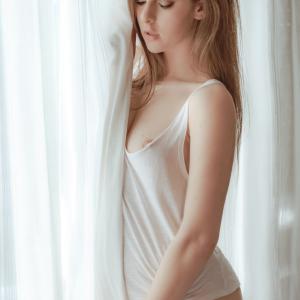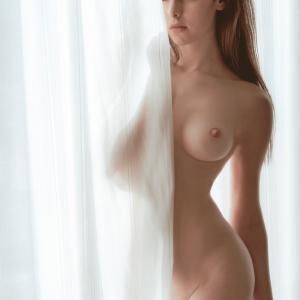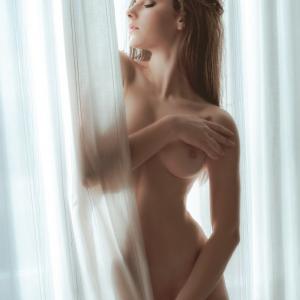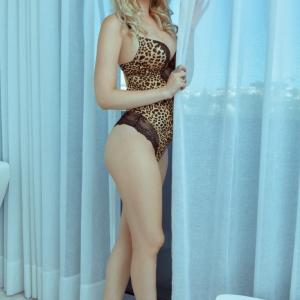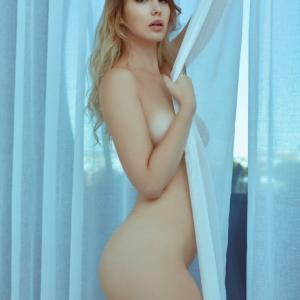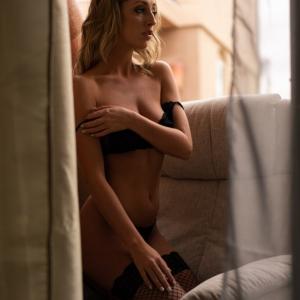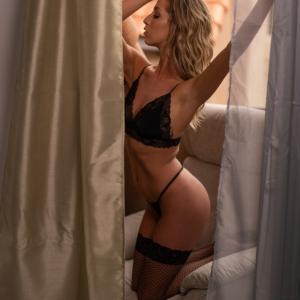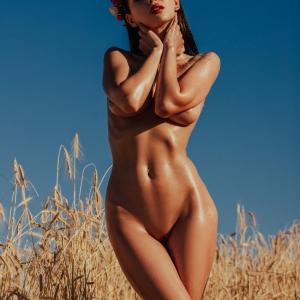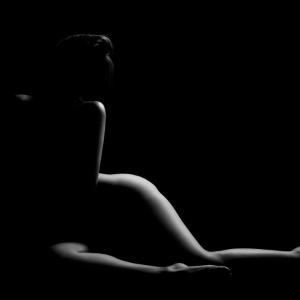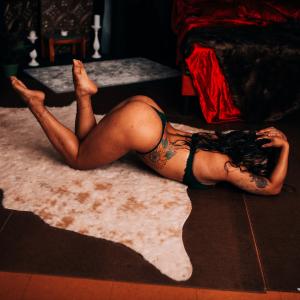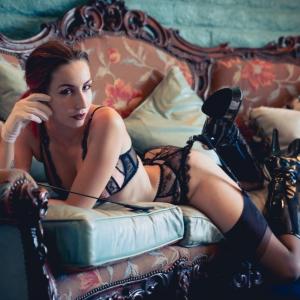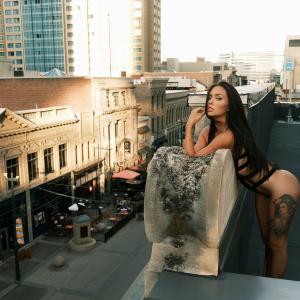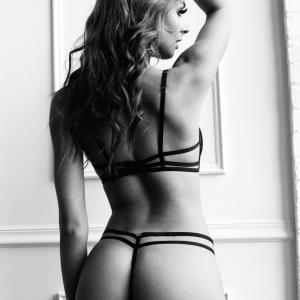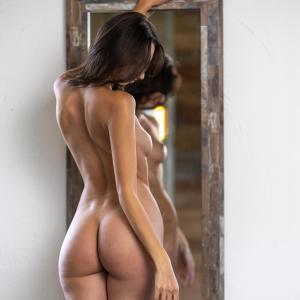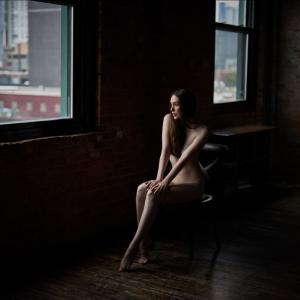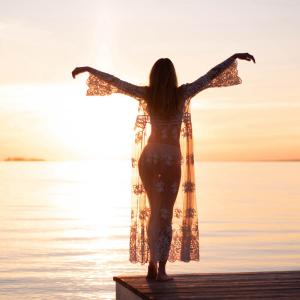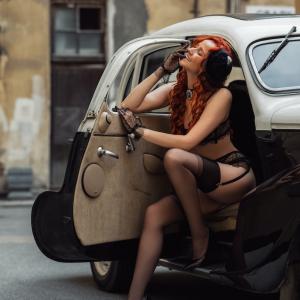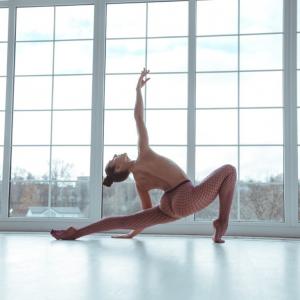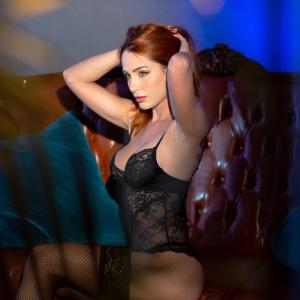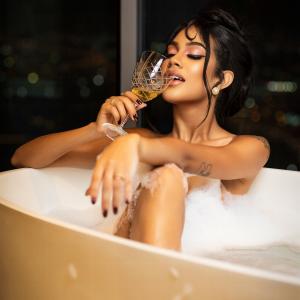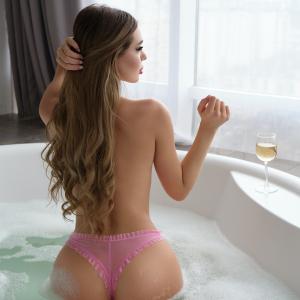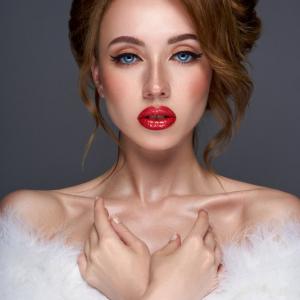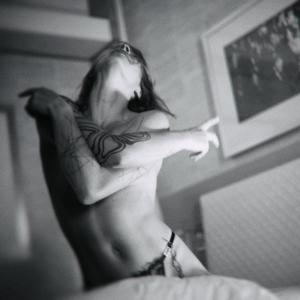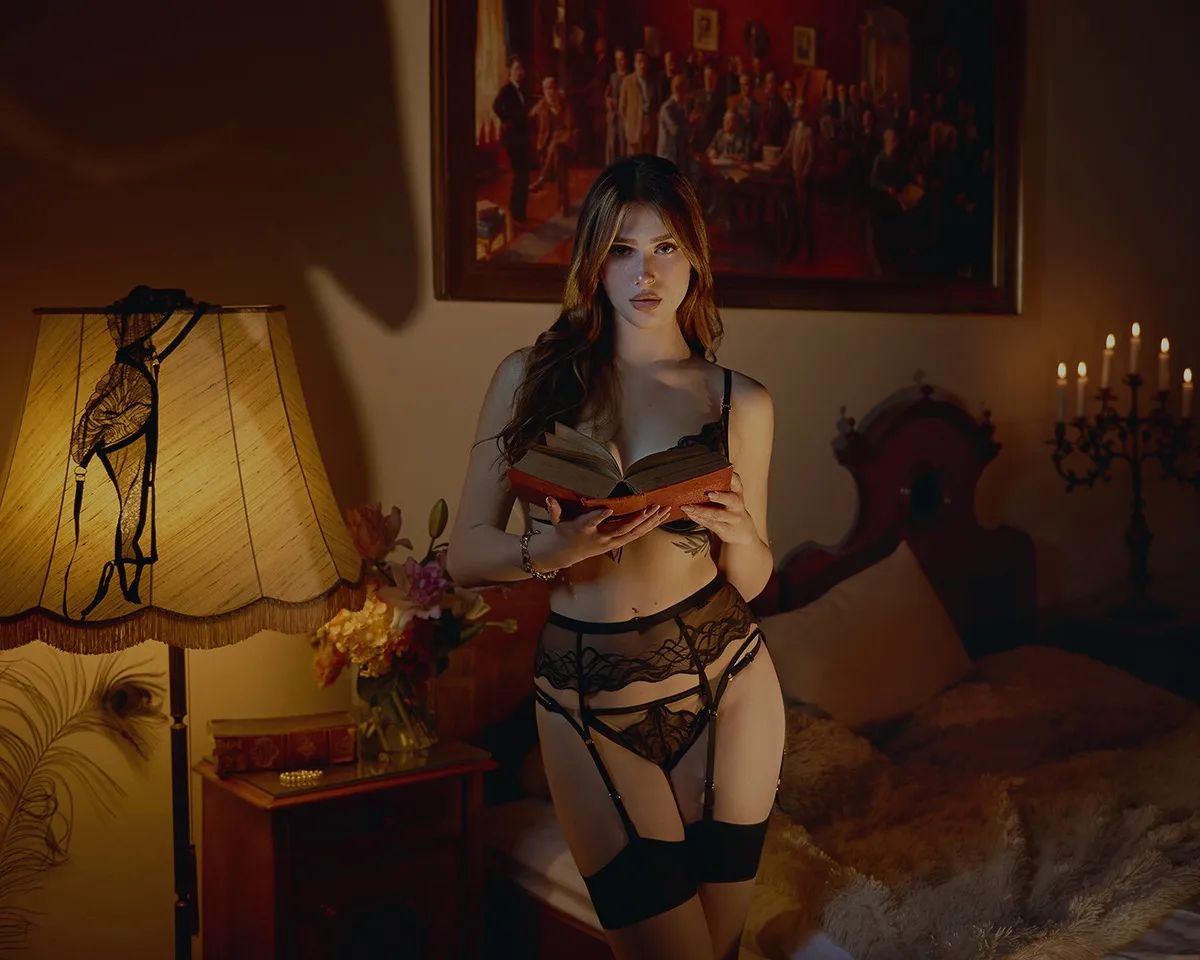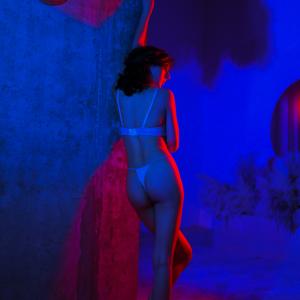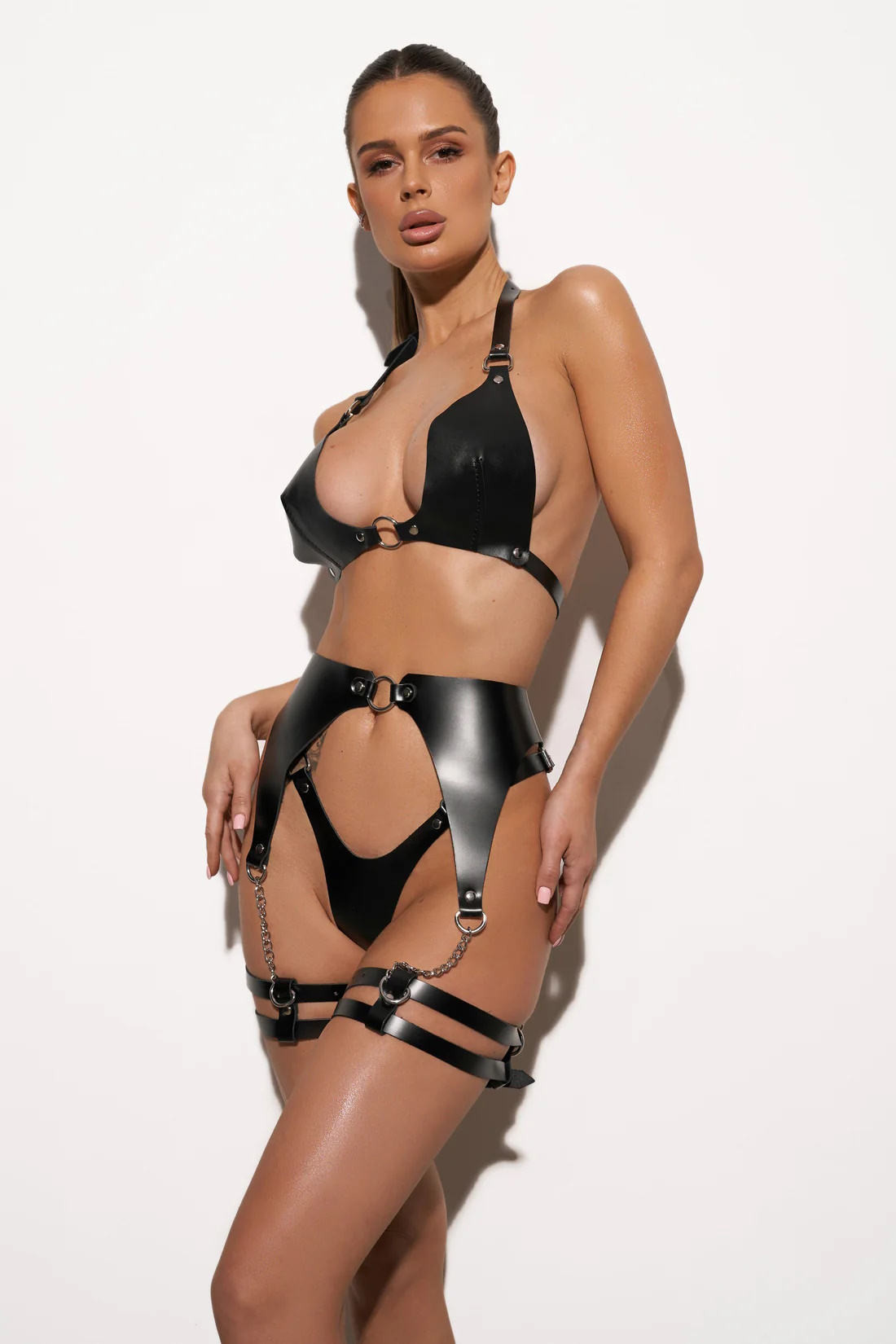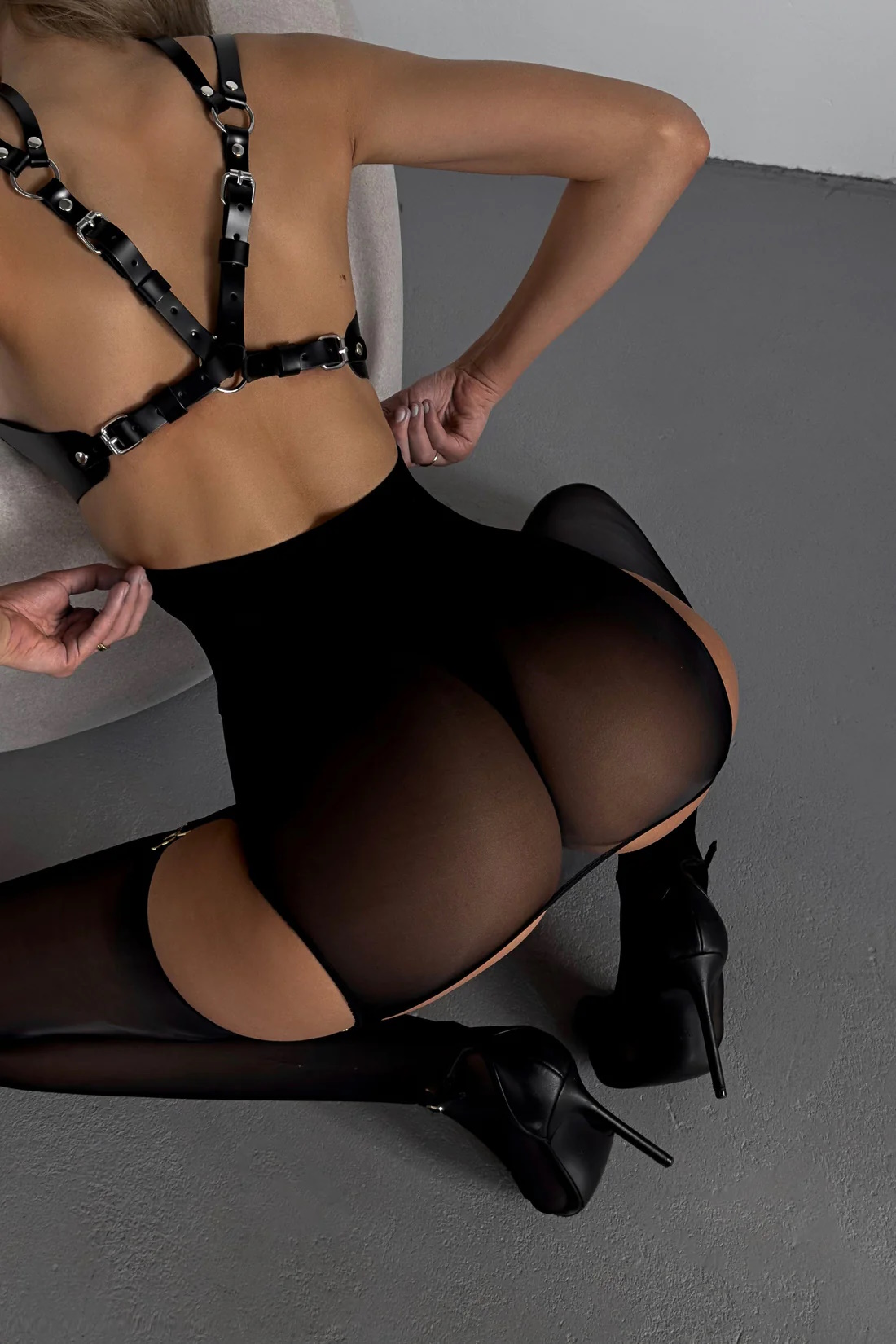Boudoir photography is a beautiful art form that celebrates intimacy, confidence, and personal beauty. Curtains and tulles, as props, play a crucial role in enhancing the visual appeal and storytelling aspect of these images. These versatile fabrics can help set the mood, add context, and provide the subject with something to interact with, making the photos more dynamic and engaging.
Creativity and versatility are essential in boudoir photography, as they allow photographers to capture unique and captivating images that reflect the subject’s personality and style. By experimenting with different props and techniques, photographers can keep their work fresh and exciting, ensuring that each shoot offers something new and memorable.
This article will focus on the creative use of curtains and tulles in boudoir photography. These fabrics can be used in numerous ways to enhance the visual impact of the photos. From softening light to adding motion, and from creating intriguing shadows to introducing color, curtains and tulles offer endless possibilities for creative expression. We’ll explore twelve innovative ways to incorporate these fabrics into your boudoir shoots, providing tips and inspiration to help you create stunning and evocative images.
1. Softening Light with Window Diffusers
Using curtains or tulles to diffuse natural light is an effective way to achieve soft, flattering portraits in boudoir photography. By hanging these fabrics over windows, you can transform harsh sunlight into a gentle, even glow that enhances the subject’s features.
Softened light helps to reduce shadows and highlights, creating a smooth and flattering effect on the skin. It brings out the natural beauty of the subject, making the images appear more delicate and romantic.
For optimal placement, hang the fabric close to the window to diffuse the light evenly across the room. Adjust the thickness of the fabric to control the amount of light entering the space. Thinner fabrics like tulles will let more light through, while thicker curtains will provide a softer, more muted effect. Experiment with different placements and layers to find the perfect balance for your shoot.
2. Natural Framing Techniques
Creating frames around the subject with curtains or tulles can significantly enhance the composition of boudoir photography. By draping these fabrics around the edges of the scene, you can naturally draw the viewer’s eye towards the model, emphasizing their presence and adding depth to the image.
This technique focuses attention on the model, creating a sense of intimacy and highlighting their features. Effective framing can be achieved by hanging curtains from a canopy or doorway or by using tulles to create a soft arch around the subject.
For best results, ensure the fabric complements the overall theme and color scheme of the shoot. Experiment with different draping styles and positions to find the most visually appealing arrangement. Using light, airy fabrics can add a dreamy, ethereal quality to the photos, while heavier fabrics can create a more dramatic and bold frame.
3. Strategic Body Coverage
Using curtains or tulles to artistically cover parts of the body in boudoir photography can create an air of mystery and allure. Draping fabric over the model allows for strategic concealment and revelation, adding intrigue to the images.
Partial coverage enhances the sensuality of the photos, suggesting rather than fully revealing, which can be more tantalizing and tasteful. This approach draws the viewer’s attention to the contours and lines of the body, highlighting the model’s elegance and beauty.
Additionally, fabric can be used to cover parts of the body that the model may not like or prefer not to feature, boosting confidence and comfort during the shoot. To achieve this effect, drape the fabric loosely over the model, allowing it to flow naturally. Position the fabric to cover key areas while leaving others exposed. Experiment with different angles and layers to find the most flattering and captivating arrangement. Using sheer tulles can add a delicate, ethereal touch, while opaque curtains can provide a bolder, more dramatic effect.
4. Incorporating Motion and Storytelling
Incorporating movement with flowing curtains or tulles in boudoir photography can create dynamic, narrative-rich images. Using these fabrics to introduce motion adds a sense of life and spontaneity, enhancing the storytelling aspect of the photos. Flowing fabrics can suggest movement, direction, and emotion, making the images more engaging and visually captivating. To capture motion effectively, gently toss or billow the fabric, allowing it to catch the light and create interesting patterns.
Use a fan or natural breeze to keep the fabric in motion, and experiment with different shutter speeds to achieve the desired effect. Faster shutter speeds will freeze the motion, while slower speeds can create a soft blur, adding an ethereal quality to the images. Position the fabric so it complements the model’s pose and the overall composition, ensuring that the movement enhances the scene without overwhelming it.
A curtain can also serve as a powerful storytelling tool, framing the view of the outside world. For example, one might peer through a gap in the curtain, gazing out of the window to see a scene unfold, adding an element of mystery and anticipation. Or perhaps, a character might pull back the curtain slightly to catch a glimpse of a secret meeting happening in the garden, their heart racing with curiosity and suspense.
5. Creating Stunning Backgrounds
Using curtains or tulles as backgrounds can enhance the texture and color of your boudoir photography. These fabrics provide a soft, elegant backdrop that complements the model and adds depth to the images. To create cohesive and visually pleasing backgrounds, choose fabrics that match the theme and color scheme of the shoot.
Layering different fabrics can add richness and dimension, making the photos more dynamic. For example, combining sheer tulles with opaque curtains can create a layered effect that enhances the visual interest.
Position the fabric to cover any distracting elements and ensure it is evenly spread to avoid wrinkles. Experiment with various hanging techniques, such as draping or gathering, to find the most flattering arrangement. Using curtains or tulles as backgrounds transforms simple settings into captivating scenes, elevating the overall aesthetic of your boudoir photography.
6. Creating Soft-Focus Effects With Lens Filters
Using curtains or tulles in front of the lens can create beautiful soft-focus effects in boudoir photography. This technique diffuses light and adds a dreamy, ethereal quality to the images. Different fabrics can achieve various visual effects; for example, tulles produce a subtle haze, while thicker curtains create a more pronounced blur.
To experiment with lens filters, drape the fabric over the lens and adjust its position to vary the effect. Secure the fabric to ensure it stays in place during the shoot. Try different types and colors of fabric to see how they alter the mood and tone of your photos.
Pay attention to lighting and exposure settings, as these can impact the final result. Using curtains or tulles as lens filters adds a creative and artistic touch to your boudoir photography, enhancing its overall appeal and creating unique, captivating images.
7. Artistic Shadows and Light Textures
Using curtains or tulles to cast interesting shadows and light textures on the model can add an artistic dimension to boudoir photography. These fabrics can create intricate patterns and soft, diffused light, enhancing the visual appeal of the images.
To achieve this, position the fabric between the light source and the model. Experiment with different distances and angles to find the most striking shadow effects. For more intricate patterns, use lace curtains or tulles with distinctive designs.
Adjust the lighting intensity and direction to enhance the texture and depth of the shadows. Side lighting can create dramatic effects, while backlighting can produce a soft, glowing outline.
By carefully positioning the fabric and light source, you can create unique, captivating images that highlight the model’s features and add a touch of creativity to your boudoir photography.
If you are more interested in boudoir photography with intriguing light textures, check out our article on Artistry in Boudoir Photography: Creating Emotions with Interesting Light Textures.
8. Introducing Color to Your Shots
Adding color through colored curtains or tulles can transform your boudoir photography, infusing the images with a unique and captivating hue. To achieve subtle color additions, use pastel or lightly tinted fabrics, allowing a gentle wash of color to enhance the scene without overpowering it.
For bolder color effects, choose vibrant or deeply colored fabrics that make a strong visual statement. Position the fabric to filter the light, casting a colorful glow on the model and surroundings.
Experiment with different color combinations to find complementary schemes that enhance the overall mood and aesthetic of the shoot. For instance, warm tones like red or orange can create a passionate, intimate atmosphere, while cool tones like blue or green can evoke calmness and serenity.
By thoughtfully incorporating colored curtains or tulles, you can add a creative and artistic touch to your boudoir photography, making each image more visually striking and memorable.
9. Adding Depth to Your Images
Layering curtains or tulles can create depth and dimension in your boudoir photography, enhancing the spatial perception of your images. To achieve this effect, use multiple layers of fabric, each positioned at different distances from the camera and the model.
Drape the fabrics to create a sense of foreground, middle ground, and background. This technique adds complexity and visual interest, drawing the viewer’s eye through the layers.
Position sheer tulles in front for a soft, dreamy look, and use heavier curtains behind to anchor the scene. Experiment with varying the opacity and texture of the fabrics to enhance the depth effect.
Effective examples include placing a sheer curtain close to the lens, the model in the middle, and another fabric layer further back. This creates a rich, multi-dimensional scene that adds to the overall allure and sophistication of your boudoir photos.
10. Using Fabric as a Central Prop
Incorporating curtains or tulles as central props in your boudoir photography can add a unique and captivating element to your images. These fabrics can be used creatively to interact with the model, enhancing the visual storytelling.
Encourage the model to play with the fabric, such as wrapping it around their body, peeking through it, or letting it flow naturally. These interactions can create a sense of movement and intimacy, making the photos more dynamic and engaging.
To integrate the fabric seamlessly into your compositions, ensure it complements the overall theme and color scheme of the shoot. Use the fabric to frame the model or create leading lines that draw the viewer’s eye towards the subject. By making curtains or tulles a key element, you can add depth, texture, and a touch of elegance to your boudoir photography.
11. Draping and Accessorizing the Model
Using curtains or tulles to drape and accessorize the model can create an elegant and ethereal look in boudoir photography. These fabrics can serve as makeshift clothing or stylish accessories, adding a unique and personal touch to the images.
For an elegant look, drape the fabric around the model’s body, creating flowing gowns or wraps that highlight their silhouette. Experiment with different arrangements, such as off-the-shoulder styles or layered skirts, to find the most flattering and creative designs.
Curtains and tulles can also be used as accessories, like veils, shawls, or headpieces, enhancing the model’s appearance and adding variety to the shoot.
To achieve the best results, use pins or clips to secure the fabric in place, and ensure the draping looks natural and comfortable. By thoughtfully styling the model with these fabrics, you can elevate the sophistication and artistry of your boudoir photography.
12. Balancing the Composition
Using curtains or tulles to balance and enhance composition in boudoir photography can create visually harmonious images. These fabrics can be positioned to frame the model, fill empty spaces, or add symmetry, contributing to a well-balanced shot.
To achieve visual harmony, position the fabric to complement the model’s pose and the overall layout of the scene. For instance, drape tulles to one side to counterbalance a model leaning the opposite way, or use curtains to create a backdrop that anchors the composition.
Examples of balanced compositions include placing sheer curtains behind the model to soften the background while heavier fabric on the sides adds structure. Another approach is to have the fabric flow naturally around the model, creating a sense of movement that leads the viewer’s eye through the image.
By thoughtfully incorporating curtains or tulles, you can enhance the aesthetic appeal and balance of your boudoir photographs.
Conclusion
Incorporating curtains or tulles in boudoir photography offers a multitude of creative possibilities. From softening light and framing the subject to adding motion, color, and depth, these versatile fabrics can transform your photos. They can be used to create soft-focus effects, cast artistic shadows, and serve as elegant props or accessories, enhancing both the visual and emotional impact of your images.
I encourage you to experiment with these techniques and fabrics to discover new ways to elevate your boudoir photography. Each method provides a unique opportunity to highlight the model’s beauty and create captivating, memorable images.
Share your results and experiences in the comments section below. Your insights and creativity can inspire others and contribute to a community of boudoir photography enthusiasts. Let’s explore the endless potential of curtains and tulles together!
Try These Techniques in Your Next Shoot!
I encourage you to try these creative techniques with curtains or tulles in your next boudoir shoot. These versatile fabrics can enhance your photography, adding depth, texture, and a touch of elegance to your images. Experiment with different methods to discover what works best for you and your model.
If you enjoyed these tips and want more photography insights, subscribe to our blog. By subscribing, you’ll receive regular updates and expert advice to help you improve your skills and stay inspired. Don’t forget to share your results and experiences in the comments section below – your creativity can inspire others in the boudoir photography community. Let’s explore the endless potential of curtains and tulles together!
Curated Curtains or Tulles in Boudoir Photography
We have curated some of our favorite Curtains or Tulles in Boudoir Photography selected from projects published in our magazine. Please click on the images below to open in a larger view:


